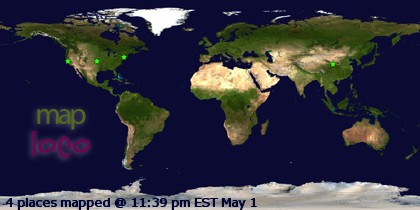In 2019, I wrote an 8 part series on Outdoor Ethics. I keep referencing it and wish there was a better way to reference it to others, so decided to reproduce that series here.
----------------------------
I never understood why people couldn’t leave things the way they found them. I got the concept of accidentally dropping a bit of paper, but couldn’t understand folks who neatly collected their trash in plastic bags -- only to leave the bags on the trail (much like dog poop bags today, which is a plague not just in K-Country but around the world as any Google search will show you). The whole idea that “if I carried it in, I could carry it out” seemed pretty intuitive to me.
 |
| Seriously? |
 |
| There are ways to build low-impact fires, and that's not it |
 |
| Seriously? |
Leave No Trace Canada is a national non-profit organization dedicated to promoting and inspiring responsible outdoor recreation through education, research and partnerships. Leave No Trace builds awareness, appreciation and respect for our wildlands.
Many of us have taken a pine cone or rock, veered off the trail to dodge mud puddles, gotten too close to wildlife or tossed an apple core into the woods. While these actions may seem harmless at the time, until we learn to reduce our impact, the quality of our outdoor experiences and the recreational resources we enjoy are at critical risk. Also at risk is our continued access to wildlands as land management agencies sometimes take restrictive action to protect the resources they manage. Unless, of course, education catches up with behavior, and we all learn to leave the outdoors as unchanged as possible by our presence.
I have experienced land managers clawing back access first hand. As just one example, it is an annual occurence for Bruce Trail private landowners to get tired of the mess users make (and I was cleaning up regularly back in the 1970's), and revoke permission for the trail to cross their land, necessitating major trail re-routes. As I noted above, there are no longer shelters or campsites along the Bruce Trail; all were removed because they were being abused.
And if you spend time in Kananaskis, you have experienced it, too. As one example, Mt. Indefatigable’s east ridge used to be an incredibly popular official hike complete with memorial benches. Now there’s this sign posted at the trailhead, and you can't go up the trail without passing it.
 |
| I would have thought this was a clear message |
Another example was the closure of several sections of trail (including a newly built trail) last summer in Bow Valley Wildland Provincial Park on the east bank of Cougar Creek in an area referred to as the Horseshoe Loop. The Friends has been heavily involved since 2015 working in partnership with various land managers and user groups (including CAMBA, who is quoted in the linked article) to reduce trail density on the land in that area. Everyone agrees that the trail density is too high. Research (that I help with) clearly shows the deleterious effect that trail density has had, and is having, on wildlife. In the end, the land managers have the final say, and sometimes, actions to protect the land they manage will be taken.
Many places in K-Country are under such pressures, and I don’t see the trend of potentially increasing restrictive actions ending any time soon. Since the Friends is in the education business, enhancing education regarding treading lightly in the wilderness is part of what we need to do.
In this 8 part series, I’m going to use Leave No Trace Canada’s 7 Principles of Leave No Trace to explore ways to minimize our impact as users of K-Country, and how we can keep “A Kananaskis Country of exquisite natural and cultural landscapes enjoyed by present and future generations” – which just happens to be the Friends vision.


No comments:
Post a Comment